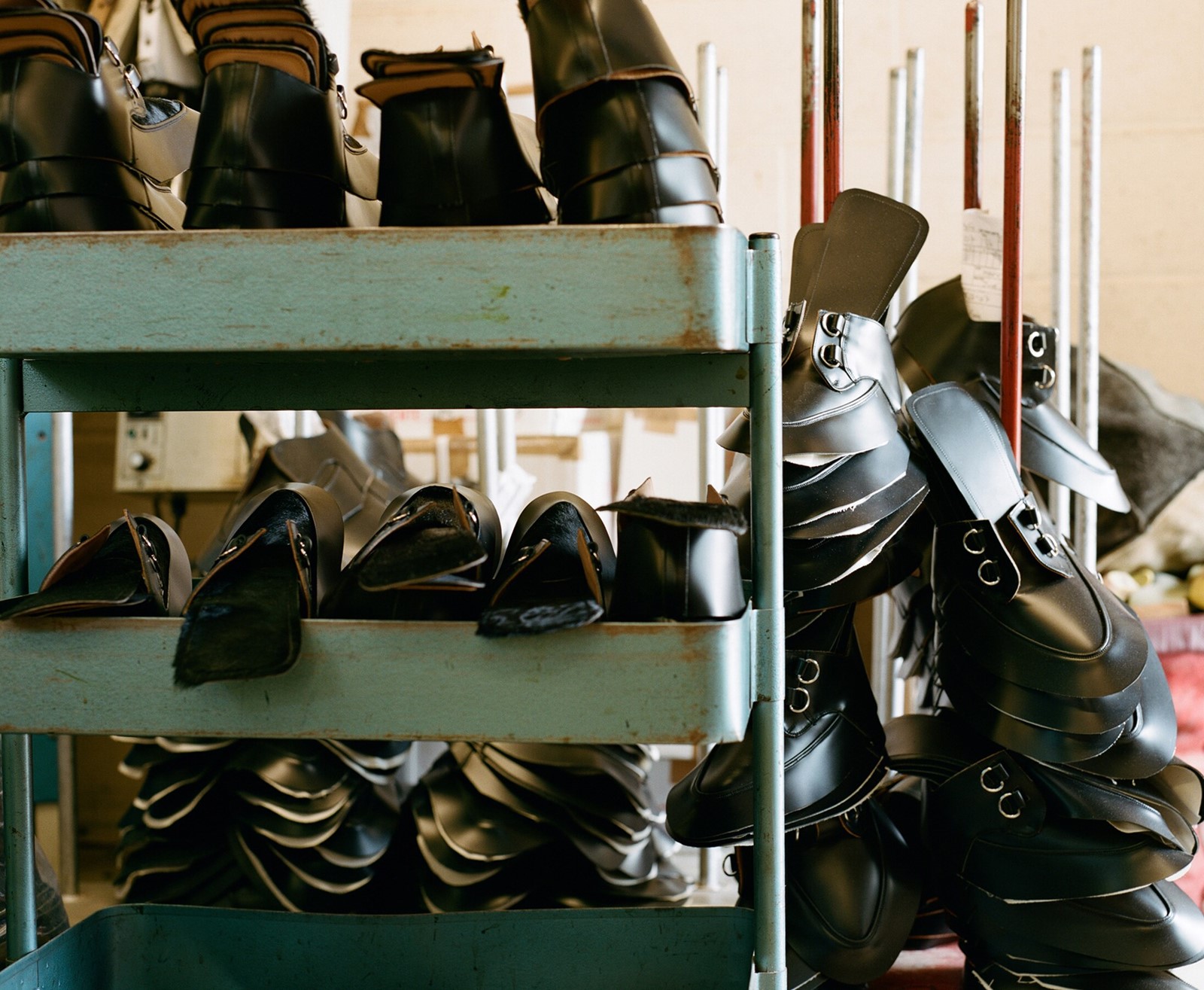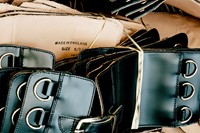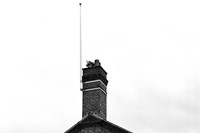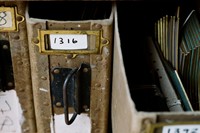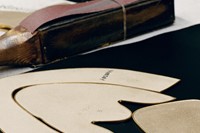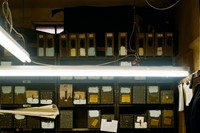There are few brands as embedded in punk history as George Cox, the footwear brand responsible for the iconic brothel creeper. Founded over a century ago, its legacy is embedded within both British fashion and manufacturing history, worn by the Sex Pistols and teddy boys, as well as the brand itself acting as a stalwart of the Northamptonshire footwear trade. Now, through a Comme des Garçons Homme Plus footwear collaboration comprising two styles of black leather creepers, it is being celebrated anew. Here, we tour the factory enlisted by third-generation member of the George Cox family, Adam Waterfield, to create the shoes: a space where the Japanese avant-garde and British craftsmanship unite.
While the history of George Cox extends back to 1906, when the eponymous George established the business in Northamptonshire, its most renowned period was throughout the middle of the century: first as the footwear of choice for 1950s teddy boys, and later as that sold by Vivienne Westwood and Malcolm McLaren to their fellow punks at 430 Kings Road. (In fact, McLaren had turned up at the George Cox factory with a pair of the original 50s creepers, asking for more to sell at the iconic boutique). This might not make Cox the most immediately instinctual partner for doyenne of the Japanese avant-garde Rei Kawakubo, but upon closer inspection, it all makes sense.
Just as the punks eschewed conventions of dress, so too does Kawakubo: within the A/W16 menswear collection, where these two styles of shoe first appeared, she subverted men’s tailoring, and gave her boys crowns and pockets of flowers to calm what she termed their “armour of peace.” Her subsequent A/W16 womenswear collection was explained thus: “The 18th century was a time of change and revolution. This is how I imagine punks would look like if they had lived in this century.” Clearly, punks – of varying sorts, varying eras – are playing on her mind, explored with the same subversive finesse that she has famously maintained throughout her reign in fashion.
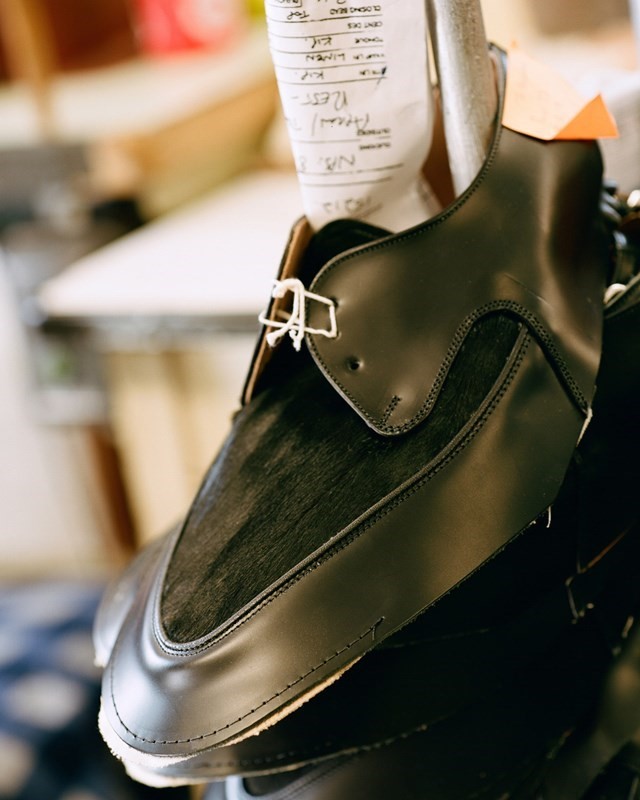

"Kawakubo is of an age and of such importance that she cannot help but be an influence on, and possibly to an extent be influenced by, the whole movement from the mid-1970s," reflects Waterfield on the parity between punk and Comme. "The fact that the company remains independent helps it to have that vision and to keep its edge. A great deal of the punk look, while being 'do-it-yourself' was based on strong historical themes and classic tailoring." He is right, of course; for example, Westwood herself drew on the silhouettes of Elizabethan showgirls, 15th-century poulaines, caged Victorian bustles. As Ingrid Loschek explains in When Clothes Become Fashion, "Vivienne Westwood luxuriated in historical and ethnic testamentary details, which were perverted, alienated and assembled into a new whole, that is, into something that was entirely up to date." So the 18th-century revolutionaries of Comme's A/W16 womenswear, or the 13th-century doublets of this menswear collection, bear a brilliant parity to the archival referencing that lies at the heart of punk spirit.
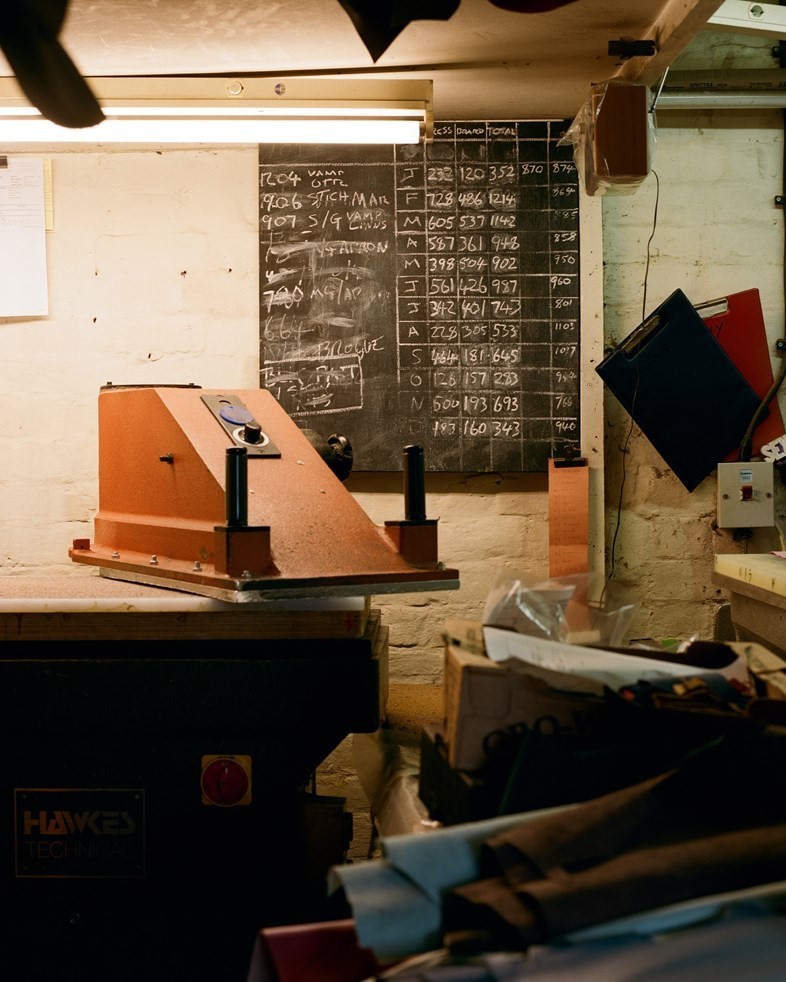
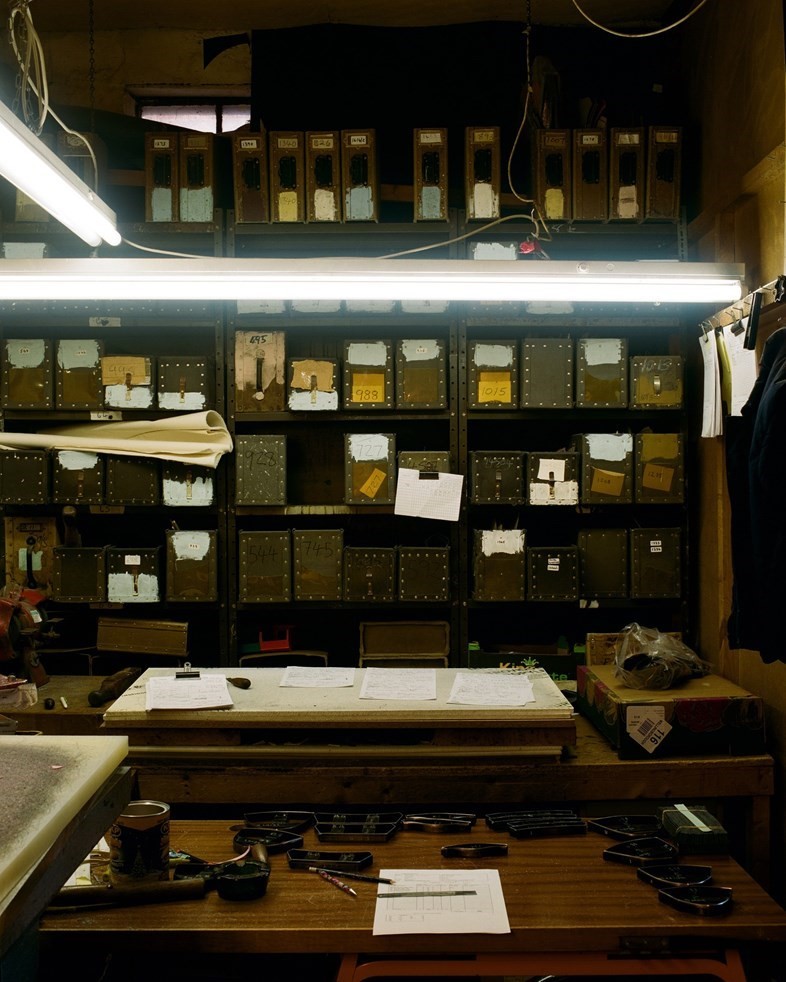
The construction and design of these shoes is an adaptation of existing templates: one style is an interpretation of the George Cox Diano, which dates back to the late 1950s, that same pair that McLaren originally took with him to the factory. By cutting a V-shape from the outside, replacing it with a strap and the iconic two-piece George Cox buckle, the shoes manage to retain the signatures of each brand. For the other pair, Waterfield explains, "The high cut evolved from a mid-height boot from the 1970s, but only Comme des Garçons could remove the midsection like that!" (Although, he notes, "Obviously footwear has to actually work, and boots fit quite differently to shoes, so it involved more than just taking a section out from an existing pattern!")
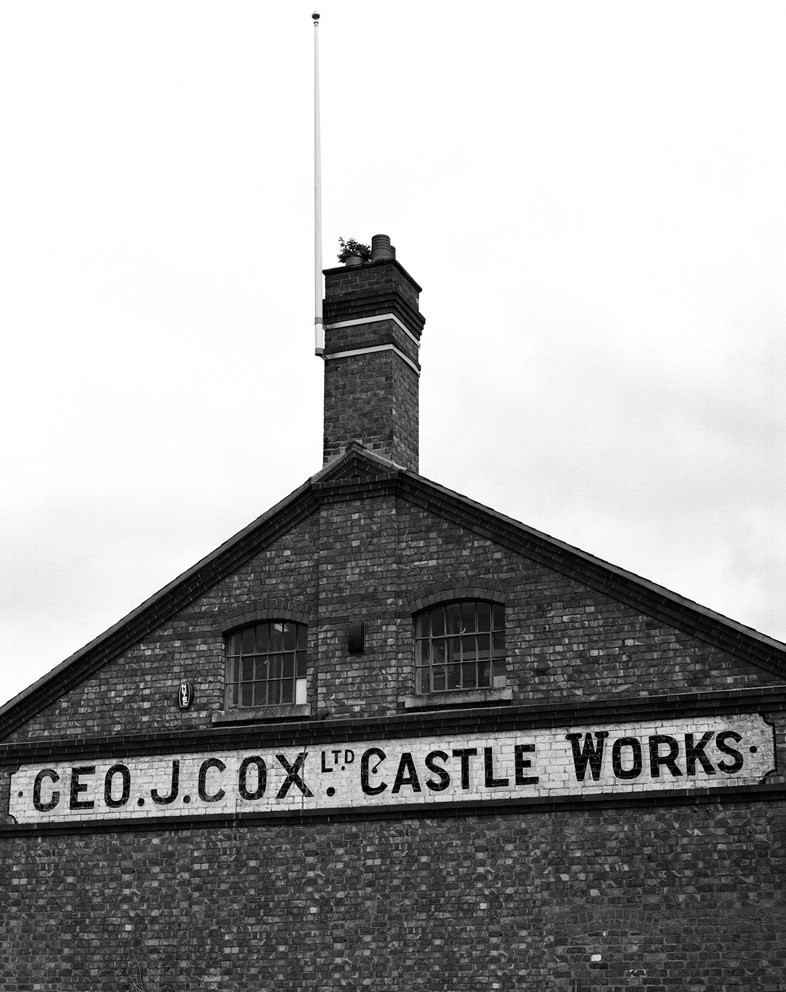
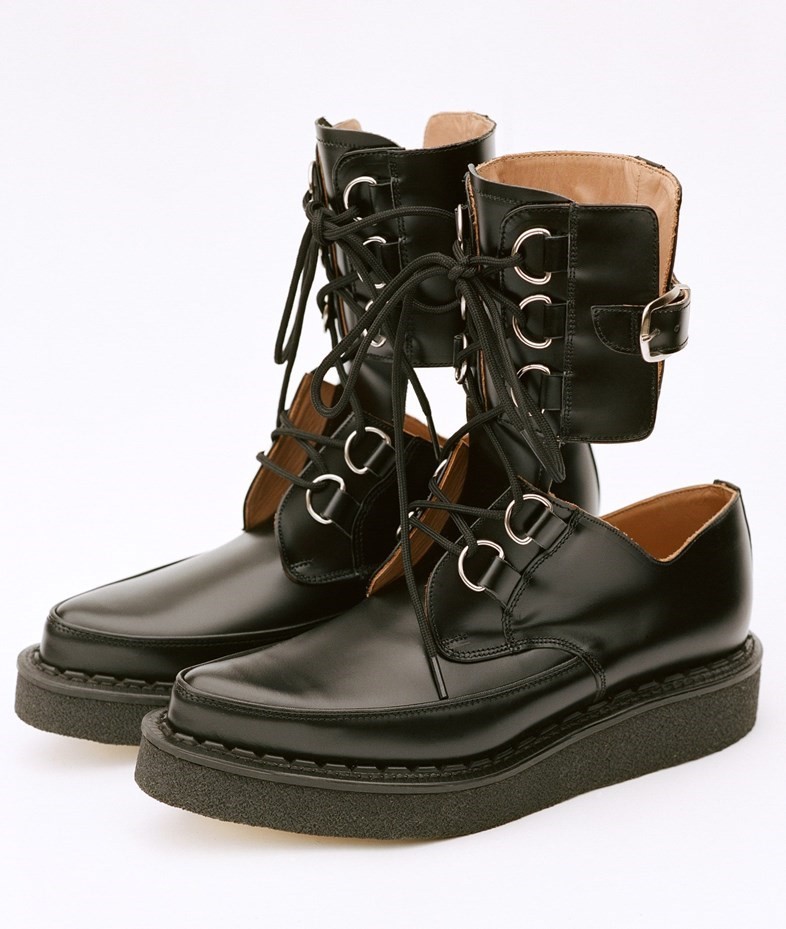
Then there's the subversion that comes from a very Japanese brand making their shoes in a very British factory, not to mention one which is still as traditional as they come, complete with topless pictures of Chanelle Hayes decorating the thoroughly male-dominated construction side, and photographs of bunnies and collies lining the walls of the sewing areas. There's something funny about watching these shoes, which formed part of a collection questioning the construction of masculinity, being cut, welded, skived and bound within a domain so distinctly binary. In fact, the set-up completes the narrative. As ever with Comme des Garçons, on closer inspection everything becomes completely cohesive. Waterfield concludes, "I love that Kawakubo manages to innovate every season, while keeping a look that could only be Comme des Garçons." And here, it is more than just the look that retains that depth of consideration: it's the whole package.
